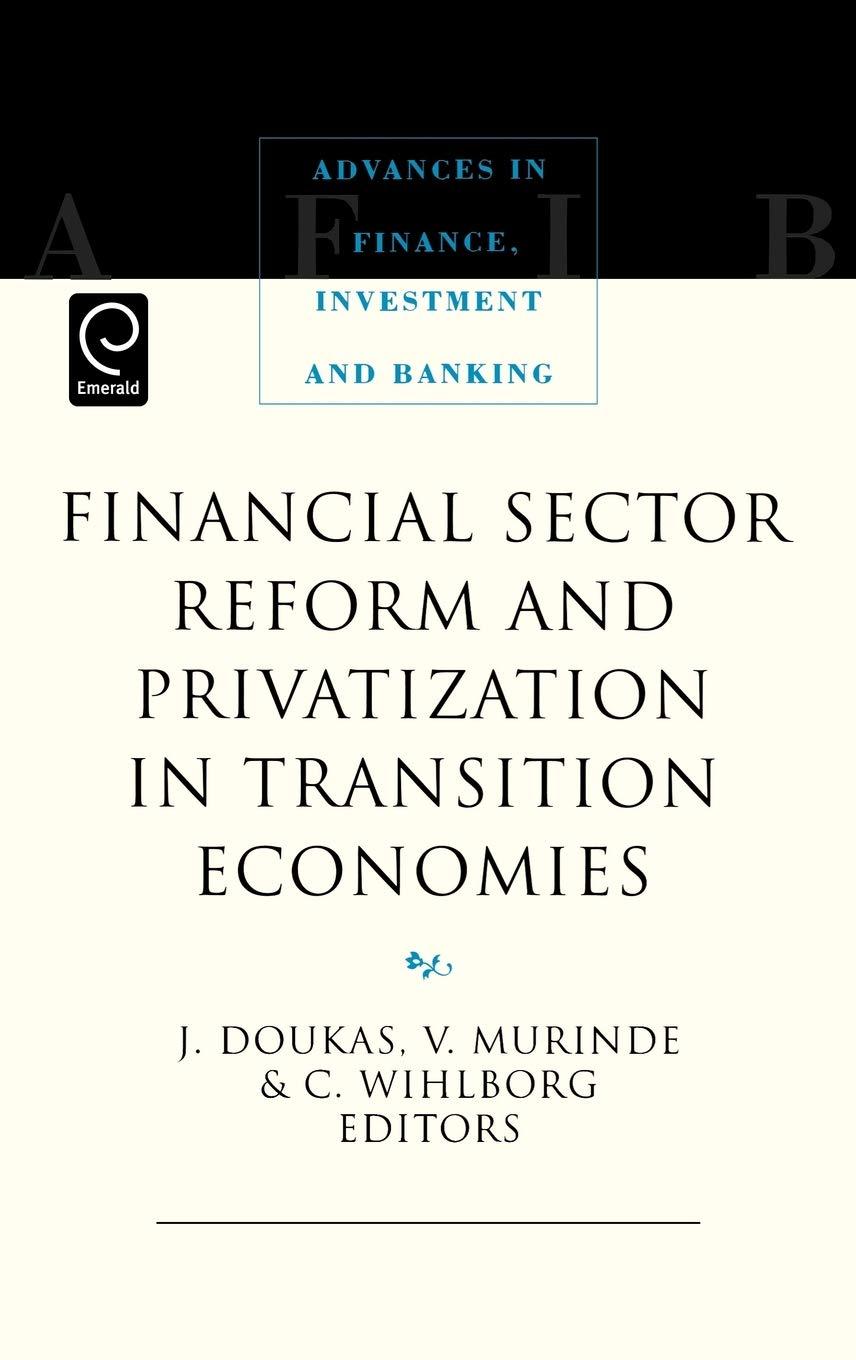
(Similar to last homework's problem) Grad school or not? Your friend, a 25-year old undergraduate ME student, is attempting to make an economic case for graduate school. She uses a 5% MARR. A. No Grad School: She gets a job that pays $66,000 per year and starts working immediately upon graduation. This salary will increase at the rate of 3% per year for the next 40 years at which point she will retire. B. Grad school: She spends two years in grad school and pays $15,000 per year for the program out-of-pocket. Upon graduation, she gets a job that pays $75,000 per year. This salary also increases at the rate of 3% per year for the next 38 years at which point she retires. i. As we found in the previous homework, the second option gives a lower present value than the second. For what value of starting salary in option (b) will option (b) be at least as attractive than option (a)? (This analysis is called "break-even analysis") ii. Sensitivity Analysis: Determine percentage change in present worth of option a) if a. The starting salary can vary 10% of the $66,000 b. The annual raise can vary 25% of 3% per year (Hint: For part a, determine the present worth for A1=66,0000.1(66000) =$59400 and for A1=66,000+0.1(66,000)=72600. Compute the difference in the present worths and divide by the present worth for A1=66,000. Repeat the procedure for part b) iii. EXCEL or MATLAB: Determine the internal rate of return (IRR) for options A) and B) and compare with MARR (Similar to last homework's problem) Grad school or not? Your friend, a 25-year old undergraduate ME student, is attempting to make an economic case for graduate school. She uses a 5% MARR. A. No Grad School: She gets a job that pays $66,000 per year and starts working immediately upon graduation. This salary will increase at the rate of 3% per year for the next 40 years at which point she will retire. B. Grad school: She spends two years in grad school and pays $15,000 per year for the program out-of-pocket. Upon graduation, she gets a job that pays $75,000 per year. This salary also increases at the rate of 3% per year for the next 38 years at which point she retires. i. As we found in the previous homework, the second option gives a lower present value than the second. For what value of starting salary in option (b) will option (b) be at least as attractive than option (a)? (This analysis is called "break-even analysis") ii. Sensitivity Analysis: Determine percentage change in present worth of option a) if a. The starting salary can vary 10% of the $66,000 b. The annual raise can vary 25% of 3% per year (Hint: For part a, determine the present worth for A1=66,0000.1(66000) =$59400 and for A1=66,000+0.1(66,000)=72600. Compute the difference in the present worths and divide by the present worth for A1=66,000. Repeat the procedure for part b) iii. EXCEL or MATLAB: Determine the internal rate of return (IRR) for options A) and B) and compare with MARR







